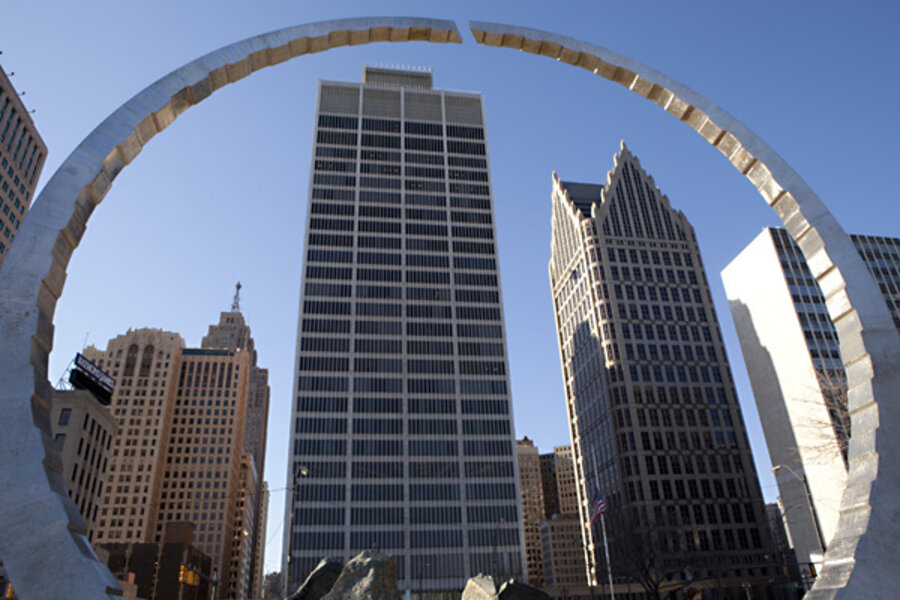Building green cities using public/private partnerships
Loading...
Public investment in urban infrastructure raises the value of nearby private investments. Examples include new subways and parks in Beijing, seawalls in New Orleans and this example of nice riverside parks in New York City. The article provides the details about the tug of war of who will pay the bill for the upkeep and maintenance to keep the nearby piers on the West side of Manhattan looking good.
Here is a quote from the NY Times article:
"Capital funds from the city and state have fallen to just $7 million from a high of $42 million in 2008, because of the recession. Meanwhile, two of the park's planned revenue-producing commercial piers have yet to be developed, leaving the Hudson River Park Trust, which runs the park, short of the money it needs for routine maintenance.
Adding to its woes: A lawsuit filed in November by the owners of Chelsea Piers, the sports and entertainment complex, which leases three piers from 17th to 23rd Street from the trust. The suit seeks to force the trust, and by extension taxpayers, to spend "at least $37.5 million" repairing damage its piers have sustained over the past two decades from small marine borers known as gribbles and teredos.
This month, the trust fired back in court with a motion to dismiss, arguing that the lawsuit amounted to nothing more than a "for-profit commercial venture trying to secure a huge public bailout for longstanding problems of its own making and for which it bears the sole legal responsibility.""
The interesting piece of economics here focuses on the fact that the public investment in "nice parks and piers" both benefits the public and directly benefits the nearby commercial businesses and property owners who now attract more people to want to spend time there. In a "fair world", the commercial real estate owners and residential property owners nearby would be asked to pay for a larger share of these improvements since they will gain a windfall in benefits from higher rents as the amenity improvements will be capitalized into higher rental prices nearby as more people will be demanding services there and want to spend more time there.
The profit seeking businesses seek to share the costs of the public improvements broadly and then gain the extra revenue. That's good business!
So, there are really two issues here. 1. What is the optimal level of investment in "greening" the river parks and piers? 2. Who should finance this investment? If you believe that the beneficiaries should pay, then the nearby land owners should pay more for the local improvements in parks. Again, as the parks and and river area become nicer --- commercial landlords will be able to charge tenants more for locating there.








